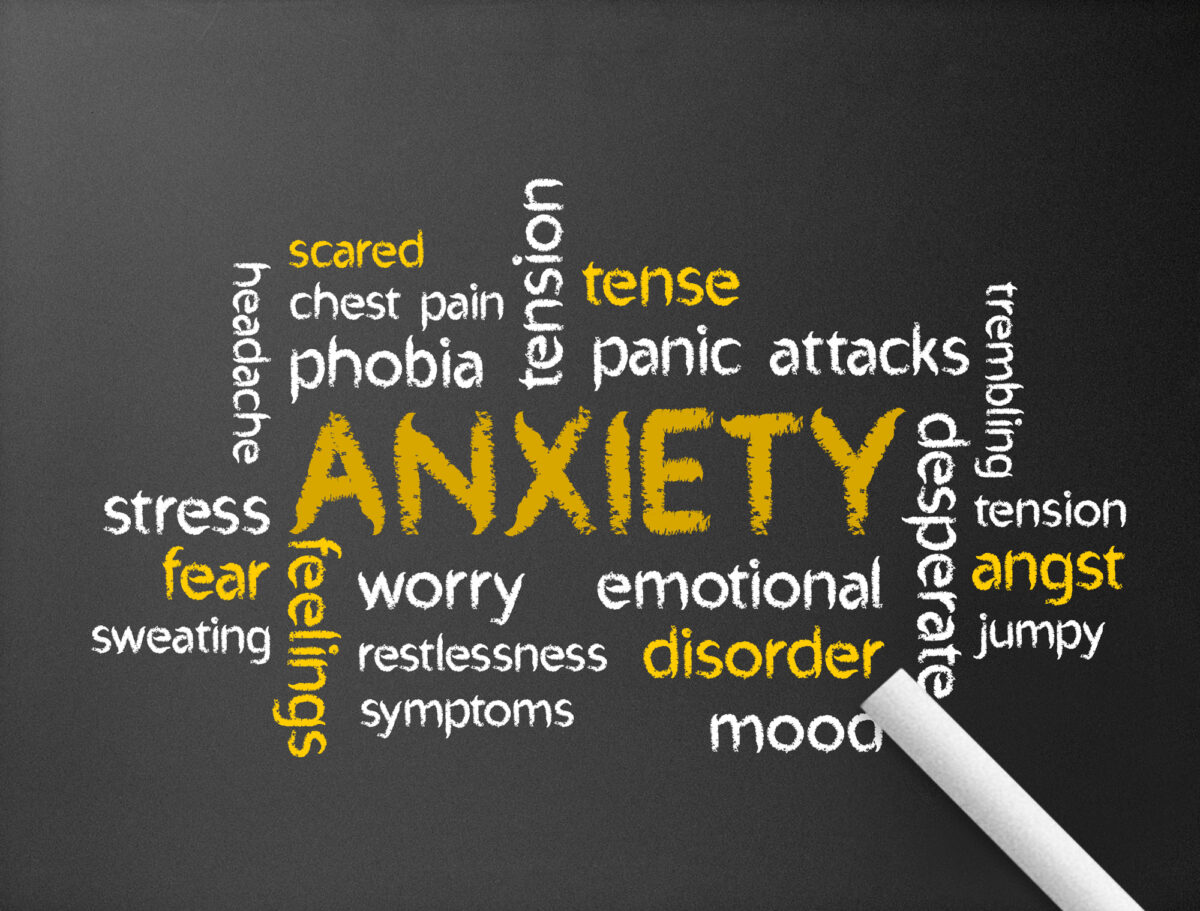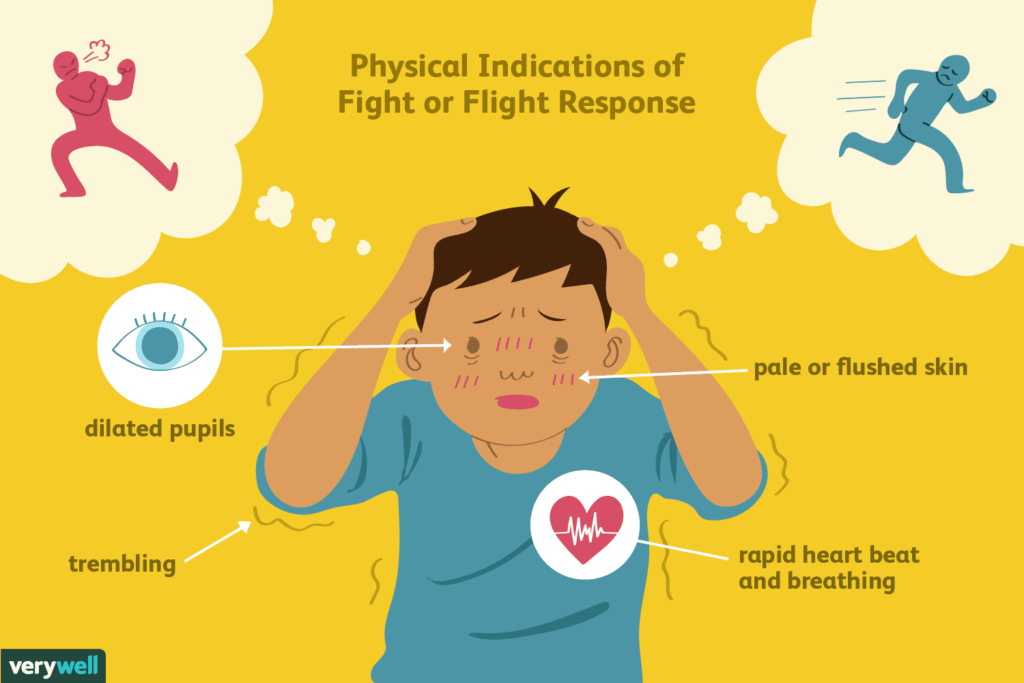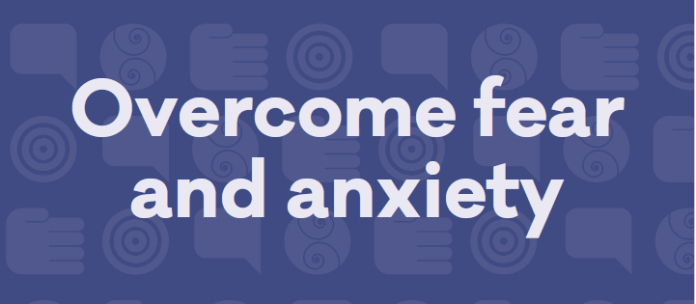
First Aid for Anxiety and panic disorder- Ask Maureen
Dear Reader.
We all have the ability to think, reason, and discern. This is part of our human make up, to be able to make sense of the world around us. We have a system to file information known as short term memory, mid-term memory and long term memory. We store the information away so that we can draw upon it at a later date.
We have our senses too. Smell, taste, touch. Sight, hearing. We also have a radar known as intuition. Our sixth sense. Our gut feeling. The ability to know when things are not right. Alerting us to danger.
Our bodies react to the signals from the brain that let us know its time to escape, run away, or fight. This is our survival mechanism. We call it the fight/flight response. You see it is this survival response that is strong within us to keep us alive and well. Adrenaline, a hormone is released into the blood stream and helps us to move more quickly. This speeding up of our reflexes helps us to stay alive and well ensuring survival of our species.
Any one who has experienced danger, real or imagined, will tell you how strong those feelings are.
The physiological changes that occur when this happens is not pleasant, it’s our 999 emergency button that is triggered when we perceive ourselves or significant others to be in peril.
Our bodies and mind work together in sympathy with us, we call this the sympathetic nervous system. When the danger is over, the para-sympathetic nervous system takes over and restores everything back to normal functioning.
The reflexes relax sufficiently, adrenaline is reduced and the body resumes its normal stasis.
This may be familiar to those who have anxiety/panic disorder, and have been given an explanation of the fight/flight response. Unpleasant, as this is, the changes are not life-threatening, they are unfamiliar.

When we realise that they are there for our survival it makes sense. Learning not to fear the physiological changes helps us to manage things more effectively.
To begin with much anxiety is triggered by our thoughts especially when worrying “what if “thoughts are present.
What if questions cannot be answered as they are future based. And we don’t have the crystal ball or insights of a clairvoyant to give us the answers.
They only add fuel to the already increasing adrenaline supply, which in turn intensifies our symptoms.
Handling our thoughts is the first thing we need to do in order to control our symptoms.
Firstly we identify what we call the uncomfortable hot thought. Why hot thought? Because these thoughts make up feel hot and uncomfortable.
The symptoms:
We may notice the churning of the stomach, the feelings of nausea, a tingling in the head, or body. Our hearts may begin to race, palpitations,. WE may have a dry mouth making swallowing difficult. And we may feel tension in our head, neck, back, and shoulders.
These become familiar signs and symptoms for the sufferer. Some dread them, others learn to cope with them, and this is the good news, we have an easy and simple formula to help you reduce your anxiety.
WE teach you the power of the breath: If you didn’t breathe for the next three/four minutes your brain would be starved of oxygen. And death would ensue.

First Aid for Anxiety and panic disorder
Remember we are hard wired for survival.
Recall the fight/flight response.
Often this begins with uncomfortable thoughts, we tense up at these thoughts. We call this bracing. Our bodies limbs became stiffened, we hold our breath or take short, sharp, shallow breaths. We become fearful. Sensing danger the brain releases the hormone adrenaline, this speeds up the reflexes ready to fight our way out of danger or flee from danger.
How we overcome this normal automatic response is controlling our minds and body, and breathing.
Recognising we have had a fearful thought, we will automatically trigger the response. If we ACT NOW we can control things from getting out of control.
I call this the domino effect. If we remove one domino from a stack that’s standing up in line, the rest cannot fall down.
By relaxing the body, a quick body check will let us know where we are holding tension, so we relax the shoulders, arms, legs and stomach. We take a long slow breath in and out. By slowing the breath down we let the brain know that the danger is over. THINK ABOUT IT. When the danger is over and the panic subsides we heave a sigh of relief this is the switch that flicks us over to the para-sympathetic nervous system, and restores stasis. Oxytocin is released another feel good hormone that makes us relaxed, and calm.
We continue to breathe slowly rhythmically, as we relax more we gain more control over our bodies. This then gives us the opportunity to identify what it is that is upsetting us, or making us fearful.
WE next IDENTIFY THE WORRYING THOUGHT.
“What if Charlie is leaving me? We had a terrific row and he’s not come home and I’m really worried that my anger has driven him away?”
Or: My boy’s late home oh what if he’s had an accident?
Or Oh my heart is racing I feel terrible what if I’m having a heart attack?
And so you know your own worrying thoughts, and are aware of how they trigger signals in your brain that will switch you into the fight /flight response.
This is a simple but effective technique, and with practice you learn to control your symptoms until they no longer really bother you.
If you would like to learn these simple but effective techniques come along to our healing day. This Saturday at Crosby Library 10am to 2pm. Entrance is free come and meet the team. You will be sure to find some other help here too.
Thank you for taking the time to read this article:
And remember dear readers a problem shared is a problem halved.
Love and light
Maureen x
For more articles like this please go to the website https://lifebalancestudio.co.uk/blog/